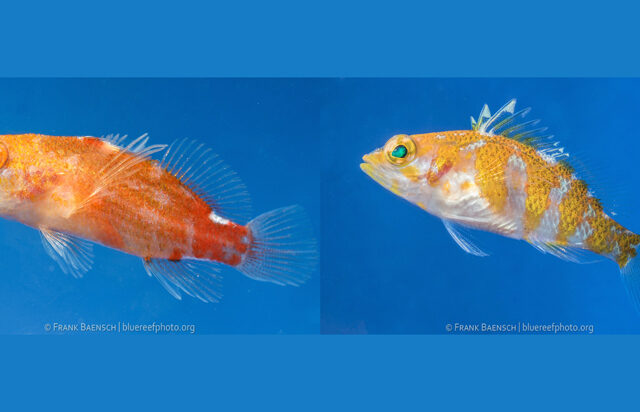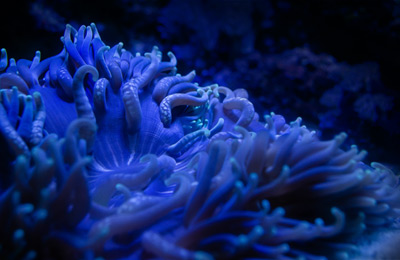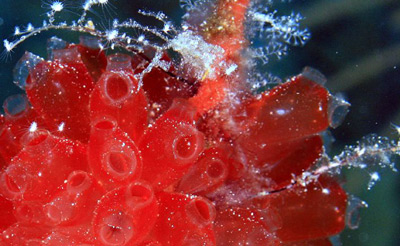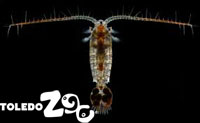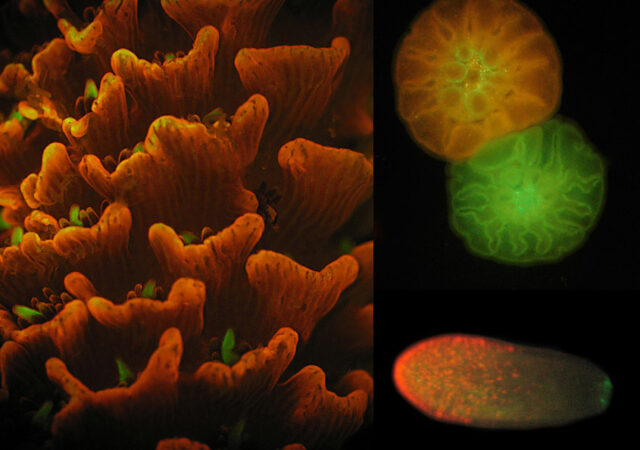A new study published this week in Proceedings of the National Academy of Sciences (PNAS), confirms the importance of eddies in the growth and development of larval fish. Researchers found that young fish reared in nutrient-rich eddies in the Straits of…
Plectranthias winniensis & P. helenae captive raised by RCT Hawaii
Plectranthias winniensis and P. helenae are two species of this adorable group of basslets that grace the pages of Reef Builders today for very good reason. Reef Culture Technologies Hawaii has been trailblazing the captive rearing of various marine fish…
The Reef Aquarium After Hours: Four Reasons to Keep That Flashlight Handy
Anyone who has done any night diving knows that nighttime activity on coral reefs is very, very different from what goes on there during the day. A dramatic “changing of the guard” occurs, with diurnal fish seeking refuge in the…
Live Rock Hitchhikers: Tunicates (Sea Squirts)
Among the more fascinating creatures that commonly make their way into marine aquariums as stowaways on good-quality live rock are tunicates, or sea squirts. In terms of visual interest, these animals can be quite dazzling, with some exhibiting spectacular coloration…
Marine Fish Propagation System at the Toledo Zoo
Guest post by Laurie Dixon, Toledo Zoo Aquarium lead keeper You’ve heard the saying, “It takes a village to raise a child.” Well, it can take thousands of copepods to raise one larval fish. Our curator of fishes, Jay Hemdal,…
Leptocephalus eel larvae filmed in Bali, an amazing transparent proto-fish
[youtube width=”680″ height=”420″]http://www.youtube.com/watch?v=Ee7lhNOCGhY[/youtube] The amazing Leptocephalus eel-larvae filmed during a dive in Bali is incredible not just for its graceful swimming but also in the way that it is prowling the reef like a regular eel. The Leptocephalus larvae of…
Coral larvae know the meaning of stoplight colors, backwards
It is common knowledge in the coral reef aquarium world that corals fluoresce in a multitude of colors, but coral larvae fluoresce as well. Green Fluorescent Protein (GFP) is one of the most common fluorescent pigments found in the natural…
Steinhart Aquarium working to raise Rhinopias scorpionfish from their own fertile spawns
One of the advantages of working at the the Steinhart Aquarium in the California Academy of Sciences has is being able to care for, and observe so many different animals that we might not be exposed to anywhere but a…



